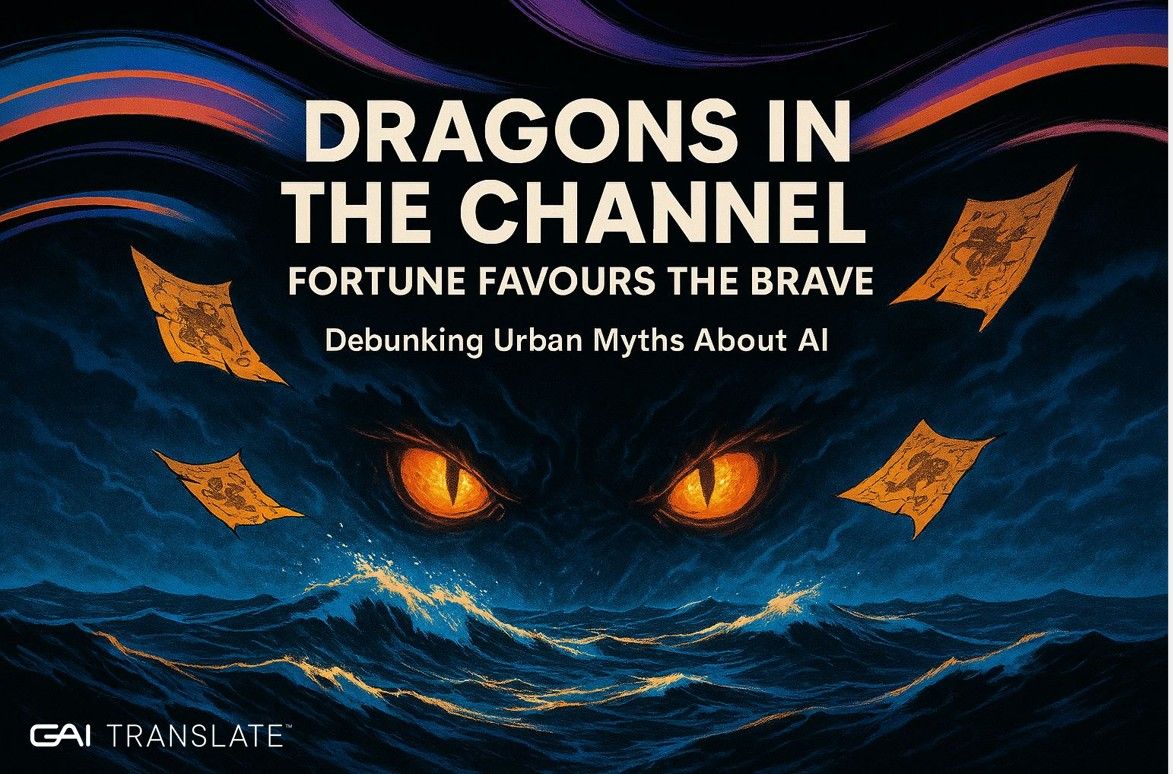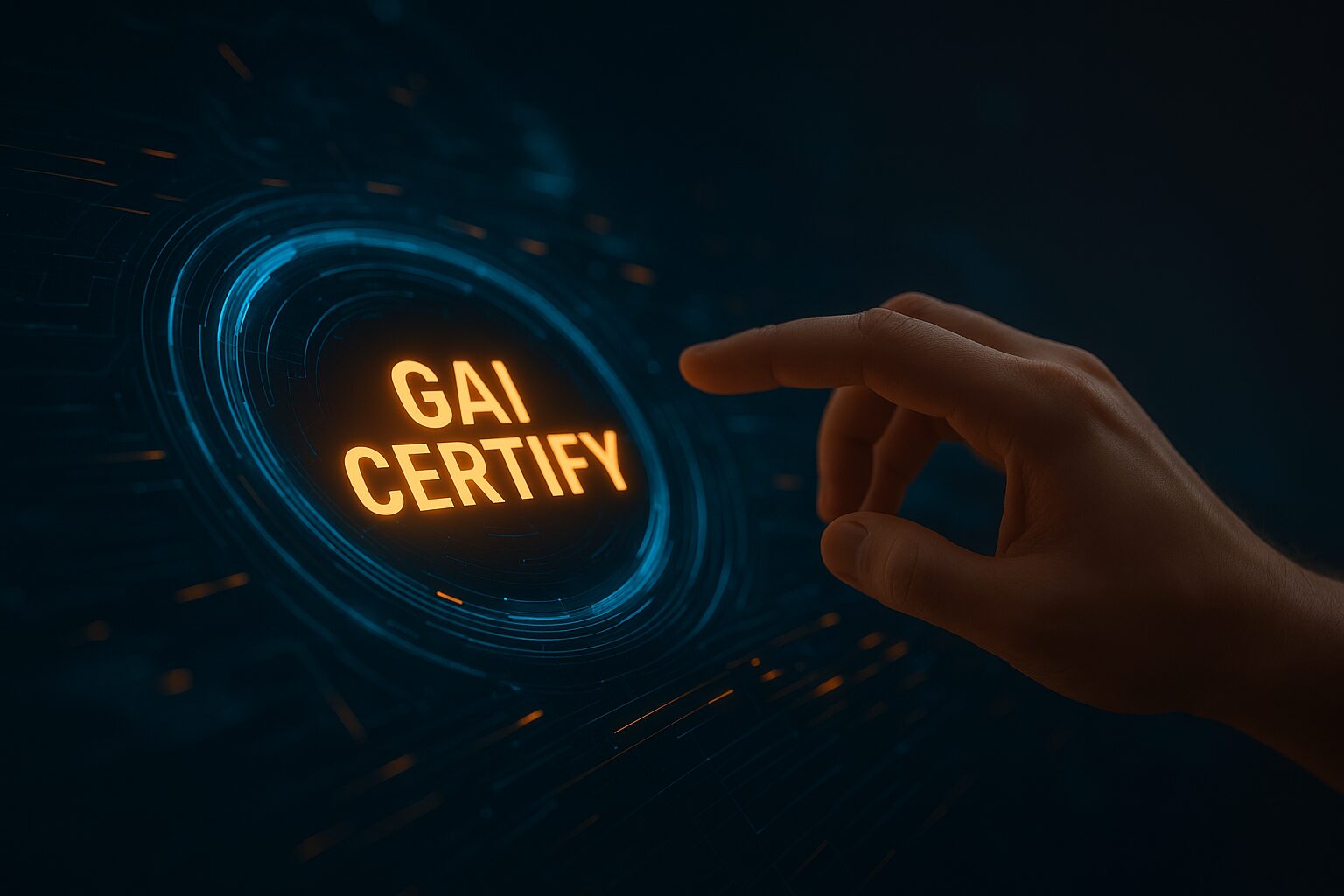Glossaries offer a simple yet powerful way to enhance machine translation by ensuring consistent and context-appropriate terminology. Glossaries help businesses to achieve the desired translation by ensuring specific terms are translated correctly.
What is a machine translation glossary?
A machine translation glossary is a custom database of terminology that matches translations to your company’s preferred terms, brand voice and industry standards.
Components of a glossary
- Source terms: Words or phrases in the original language.
- Target terms: Predefined translations in the target language(s).
- Context notes: Explanations or examples to clarify meaning.
- Translation memory: A database that stores previously translated text segments, allowing translators to access and suggest past translations for future projects.
Why machine translation glossaries are important for big businesses
- Brand consistency
In global operations consistency is key. Glossaries ensure your brand tone and messaging is consistent across languages. - Improved translation accuracy
Glossaries reduce ambiguity by defining the correct translations for industry terms, product names and acronyms. Machine translation software benefits from glossaries to improve translation accuracy by providing pre-approved translations for specific terms used in different domains. - Efficiency and reducing costs
Automated translation with pre-approved glossaries speeds up workflows and reduces manual corrections and revisions.
Options for creating a glossary
Creating a glossary is key to accurate and consistent translations. But it can take time to build one, especially for companies with multiple operations.
- A good glossary can make a big difference in the quality of translations by having a set of standardised terms and phrases for your industry or domain. This helps with brand voice and makes sure technical jargon and industry terminology is translated correctly.
There are several ways to create a machine translation glossary
Manual: This involves manually compiling a list of terms and phrases with their translations. While this can be time consuming and laborious, it gives you full control over the glossary content. By involving subject matter experts, you can ensure the glossary reflects the intricacies of your industry.
Automated : Using software to generate a glossary from a corpus of text can be faster and more efficient than manual creation. However, this may require additional editing and refinement to ensure accuracy and consistency. Automated tools can quickly identify the most used terms and their translations and provide a solid base for your glossary.
Hybrid : Combining manual and automated methods can be the best of both worlds. For example, you can start with a manually created glossary and then use automated tools to add more terms and phrases to it. This way you get initial precision and subsequent scalability and a complete and accurate glossary.
Use cases: Benefit from translation glossaries
Case study 1: Marketing and advertising
For a global marketing team glossaries ensure slogans and taglines are translated correctly without losing the message. Understanding the language pair is key to translating marketing slogans and taglines as it ensures the subtleties of both languages are conveyed.
Case study 2: Legal and compliance documents
Glossaries are key for translating legal jargon and ensuring compliance with international regulations.
Case study 3: Training and HR materials
Glossaries ensure employee manuals, onboarding documents and training resources retain corporate terminology once translated.
Best practice for building and managing glossaries
Building and managing machine translation glossaries requires ongoing effort and attention to keep them accurate, consistent and up to date. Here are some best practices for glossary creation and management.
- Involve subject matter experts
Involve all relevant stakeholders in the creation and maintenance of the glossary. Collaboration between marketing, legal, technical and HR departments ensures the glossary reflects each department’s needs and terminology. This collaborative approach creates a complete and effective glossary. - Review and update frequently
As your business changes so does its terminology. Glossaries should be reviewed and updated regularly to reflect changes in terminology, industry standards or company specific language. This way the glossary remains relevant and accurate over time. - Centralise management
Centralising the management of your glossaries ensures they are applied consistently across all translation projects. A centralised system makes updates easier and means all team members have access to the latest glossary version. - Use glossaries with compatible machine translation tools
Make sure your translation software supports custom glossaries integration like GAI Translate™. The importance of translation memory exchange is to share translation data between different systems and increase overall translation efficiency.
GAI Translate does not only provide centralised management of glossaries but also offer user-specific terms alongside company-wide shared glossaries. This feature allows individuals to maintain their own terms tailored to their area of expertise, ensuring greater customisation and relevance.
Quality assurance and proofreading machine translation
Quality assurance and proofreading are part of the machine translation process. To ensure the machine translation output is accurate and consistent requires a mix of human review and automated quality checks. Here are some best practices:
- Human review: Despite advancements in machine translation human oversight is still required. Human reviewers can catch nuances and context specific errors that machines might miss, meaning that the translation is not only accurate but also contextually correct.
- Proofreading: Proofreading is crucial to ensure the translation output is error free and consistent. This step involves checking for grammatical errors, typos and that the translation matches the original text intent and tone.
- Quality metrics: Setting quality metrics helps measure the machine translation output. Metrics like accuracy, consistency and readability can give you insights on what needs to be improved. Regularly evaluating these metrics ensures continuous translation quality improvement.
Conclusion
Machine translation glossaries are a must have for international companies. They bring efficiency, accuracy and consistency to global communication.
Invest in well maintained glossaries and you’ll stay ahead of the game.
Additional resources:
• Machine translation pre-editing (Quick guide)
• Machine translation post-editing (Best practice guide)
SHARE THIS ARTICLE
RELATED RESOURCES
What mining professionals should know when using a LLM versus GAI SLM for safety-related terminology
Responses generated by Large Language Models (LLMs) always carry a health warning; that results can contain errors. AI copes well translating generic content, but safety-related terminology is unforgiving. Any...
5 MIN READ
Busting the big 3 myths in AI adoption: what are you doing wrong with AI?
The conversation about adopting AI tools to translate is clouded by myths - myths that create risks and missed opportunities for global businesses. This week, Be the Business, an organisation that champions...
5 MIN READ
Certified vs. generic quality: why smart leaders choose certified translation to de-risk
The way we do business today has changed drastically. Companies are more digitised and interconnected. Organisations are facing greater risks at an increased velocity. The regulatory environment is becoming ever...
4 MIN READ
What mining professionals should know when using a LLM versus GAI SLM for safety-related terminology
Responses generated by Large Language Models (LLMs) always carry a health warning; that results can contain errors. AI copes well translating generic content, but safety-related terminology is unforgiving. Any...
5 MIN READ
Busting the big 3 myths in AI adoption: what are you doing wrong with AI?
The conversation about adopting AI tools to translate is clouded by myths - myths that create risks and missed opportunities for global businesses. This week, Be the Business, an organisation that champions...
5 MIN READ




